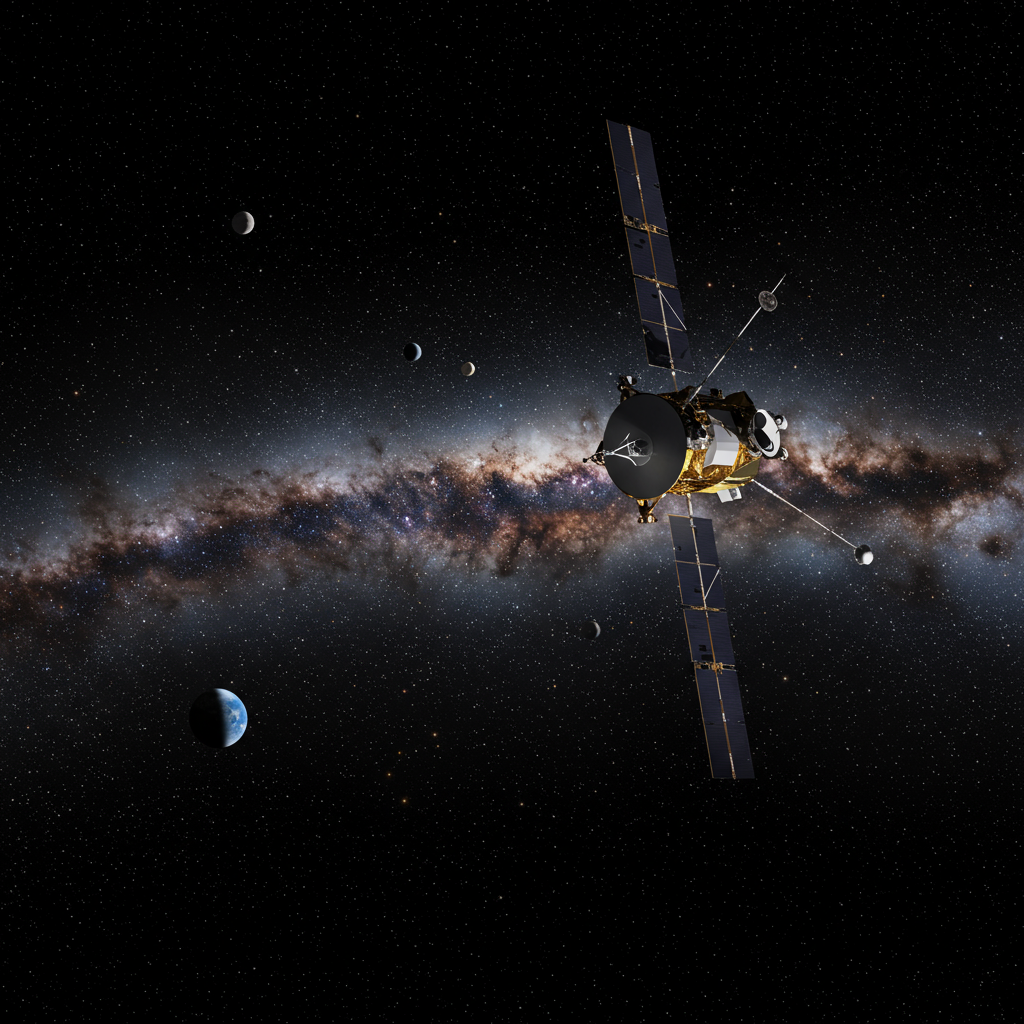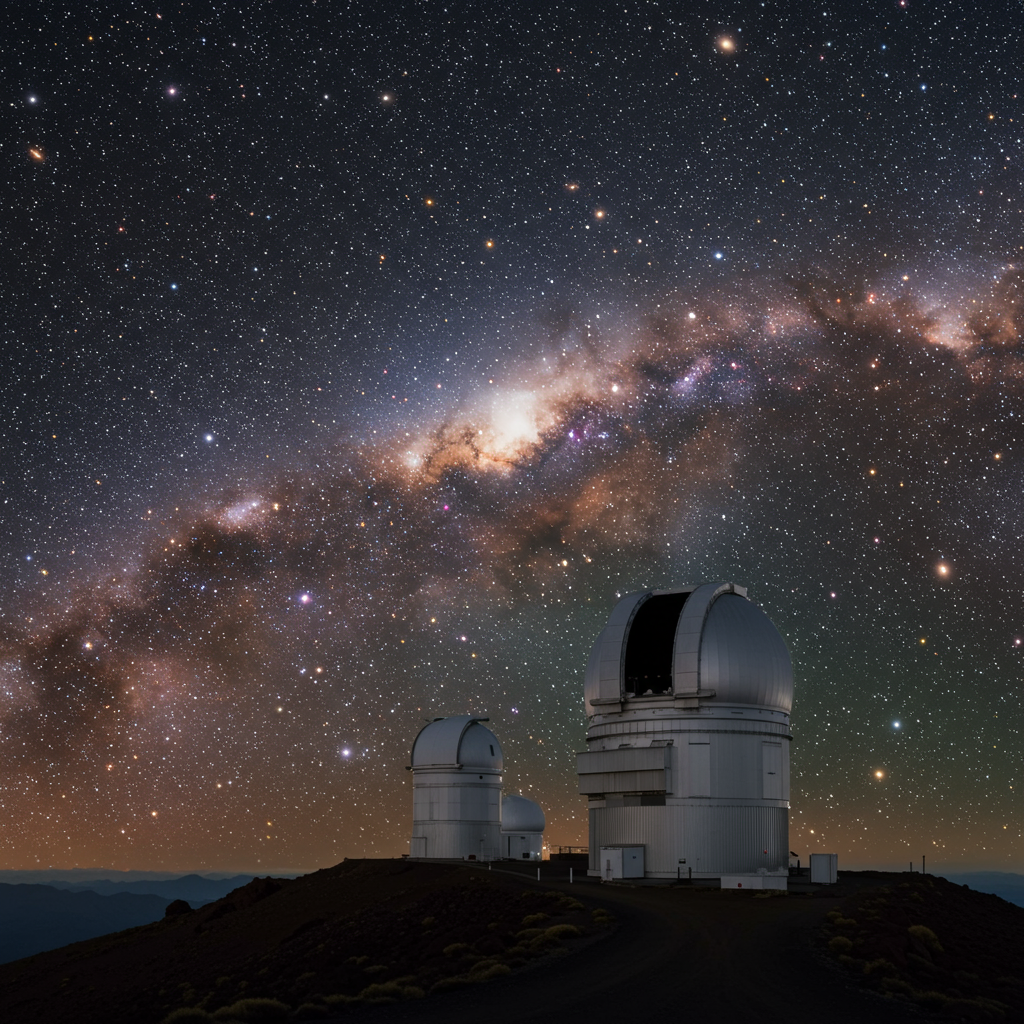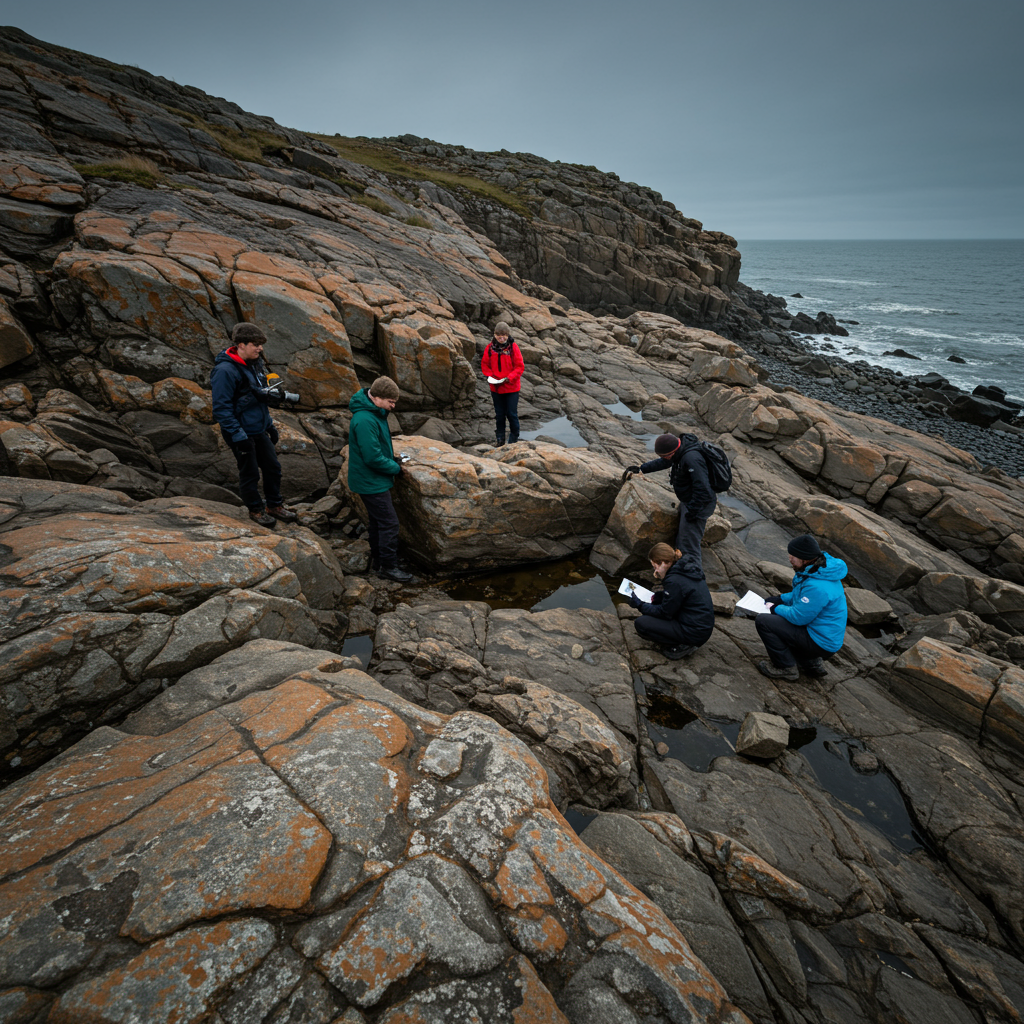space exploration enthusiasts and scientists alike are buzzing with excitement as NASA’s New horizons spacecraft continues its historic journey. This groundbreaking mission has reached the distant edges of our solar system, capturing and transmitting unprecedented data that promises to revolutionize our understanding of the cosmos. It represents a remarkable blend of technological innovation and ambitious exploration goals, setting new benchmarks for deep space endeavors.
The Trailblazing New Horizons Mission
Launched by NASA, the New Horizons mission embarked on a bold quest: to explore the Kuiper Belt and beyond, specifically targeting Pluto and other distant celestial bodies. Its primary goal is to collect vital data from these remote regions. Scientists aim to gain invaluable insights into the formation, structure, and evolution of our solar system and the wider universe. This mission embodies humanity’s drive to push boundaries and unravel cosmic mysteries far from our immediate neighborhood.
The spacecraft’s voyage has already delivered astonishing discoveries. Navigating the vastness of deep space to reach previously unexplored stellar regions was a monumental technical feat. This accomplishment alone highlights the meticulous planning and technological prowess invested in the mission. It’s not just about reaching a destination; it’s about operating complex instruments millions of miles away with precision and reliability.
Collecting Unprecedented Data
A major highlight of the New Horizons mission is the collection of data from celestial bodies previously only seen as faint points of light. The sophisticated array of sensors and imaging tools onboard has gathered information expected to vastly enhance our knowledge base. This data is already fueling new research and discussions within astrophysics. Experts anticipate groundbreaking discoveries that could reshape current theories about planetary science and the universe’s origins.
The data provides critical insights into the formation, evolution, and characteristics of these distant worlds. Analyzing this information offers a unique window into the cosmic past. Advanced techniques employed by the mission enable astronomers to decipher the complex narratives written in the stellar formations at the solar system’s fringes.
Technological Marvels Fueling Discovery
The success of New Horizons is a testament to human ingenuity and perseverance in the face of immense technical challenges. The spacecraft itself is a marvel, equipped to withstand the harsh conditions of deep space. Its ability to perform complex maneuvers autonomously in uncharted territory has been widely praised. This technological capability sets a new standard for future robotic missions.
Innovations developed for New Horizons have broader implications. The mission’s advanced optics, sensors, and navigation systems could spur advancements in related technological fields. These technologies are crucial not just for space science but potentially for terrestrial applications as well. The mission serves as a powerful example of what can be achieved when scientific innovation is paired with ambitious engineering goals.
International Collaboration in Space Exploration
The New Horizons mission also reinforces the critical role of global collaboration in tackling complex deep-space environments. Such ambitious projects often involve extensive cooperation between international space agencies and research institutions. This collective approach is vital for sharing costs, distributing risks, and fostering a shared commitment to unlocking the universe’s secrets. It exemplifies a model of how nations can work together to push the boundaries of human knowledge.
Broader Impact on Science and Society
The implications of the New Horizons mission stretch far beyond immediate scientific gains. By expanding our knowledge frontier, it inspires future generations of scientists and engineers to pursue careers in STEM fields. Showcasing the tangible results of high-risk exploration fosters a culture of curiosity and innovation among young minds. Public interest generated by the mission also often leads to greater appreciation and support for astronomical research.
The mission’s success has captured the public imagination worldwide. Social media platforms and news outlets are abuzz with discussions about its technical prowess and the potential discoveries. Public reactions range from awe to curiosity, highlighting humanity’s innate wonder about the cosmos. Experts universally praise the mission, noting its monumental achievement and optimistic forecasts for future endeavors it inspires.
Paving the Way for Future Expeditions
New Horizons is not just a mission; it’s a pathfinder. Its achievements lay the groundwork for future expeditions that could delve even deeper into space. The knowledge gained about long-duration missions, navigation at extreme distances, and data collection from remote targets is invaluable. This contributes significantly to scientific literature and provides new perspectives required for increasingly autonomous space missions.
Looking ahead, the success of missions like New Horizons informs broader strategic goals in space exploration. NASA, for example, is accelerating efforts towards returning humans to the Moon (Artemis program) and eventually sending crews to Mars. While New Horizons is uncrewed, its deep space operational experience provides crucial context. Data about the outer solar system collected by probes like New Horizons and the Voyagers (which continue transmitting data from the solar system’s edge) enhances our understanding of the neighborhood beyond Mars. Missions like Europa Clipper, launching towards Jupiter’s icy moon, are also part of this expanding frontier, seeking answers about potentially habitable worlds, building on the knowledge base about distant solar system environments. The ability to operate spacecraft reliably far from Earth is fundamental to all these aspirations.
The innovative approaches to overcoming challenges demonstrated by New Horizons are now a focal point for future research and development. This includes advancements in propulsion, energy efficiency, and autonomous systems. As the private sector becomes increasingly involved in space, lessons learned from government-led pathfinders like New Horizons become even more critical. Ensuring safe, sustainable, and ethical exploration requires building on established expertise while fostering innovation.
Frequently Asked Questions
What are the major achievements of NASA’s New Horizons mission?
NASA’s New Horizons mission has achieved several significant milestones. Its primary achievements include successfully navigating vast distances to reach and explore the distant edges of our solar system, specifically conducting the first-ever flyby of Pluto and its moons, and later exploring a Kuiper Belt object (Arrokoth). It collected unprecedented, high-resolution data and images from these previously unseen worlds, providing crucial insights into their geology, composition, and atmospheres. The mission demonstrated exceptional technical prowess in deep space operations and autonomous navigation.
How does the New Horizons mission influence future deep space exploration?
The New Horizons mission significantly influences future deep space exploration by providing vital knowledge and operational experience. Its success in long-duration flight and data transmission from the outer solar system validates technologies and strategies needed for journeys far from Earth. The insights gained about the environments, formation, and characteristics of distant celestial bodies inform the scientific goals and requirements for future probes and even potential crewed missions. It serves as a template for robotic exploration, inspiring more ambitious projects to explore remote parts of the cosmos and search for answers about the universe’s origins.
Why is the New Horizons mission considered so important by experts?
Experts consider the New Horizons mission monumental because it completed the initial reconnaissance of the classical planets of our solar system and extended our reach into the Kuiper Belt, a frontier of icy worlds. The mission’s data offers fundamental new insights into the formation of planetary systems. Experts laud its technical achievements as setting new benchmarks for spacecraft capabilities at extreme distances. Furthermore, the mission exemplifies successful international collaboration and inspires public interest and support for continued investment in scientific research and future exploration efforts, paving the way for the next era of cosmic discovery.
Conclusion
The New Horizons mission stands as a pivotal moment in space exploration. By successfully navigating to and collecting data from the solar system’s most distant regions, it has expanded our cosmic understanding in ways previously unimaginable. This achievement is a powerful reminder of human potential, technological capability, and the importance of global cooperation. As the data analysis continues, the discoveries are poised to shape astrophysics and planetary science for years to come. New Horizons has truly made another giant leap, not just for its own journey, but for the future of humanity’s quest to explore the universe.




